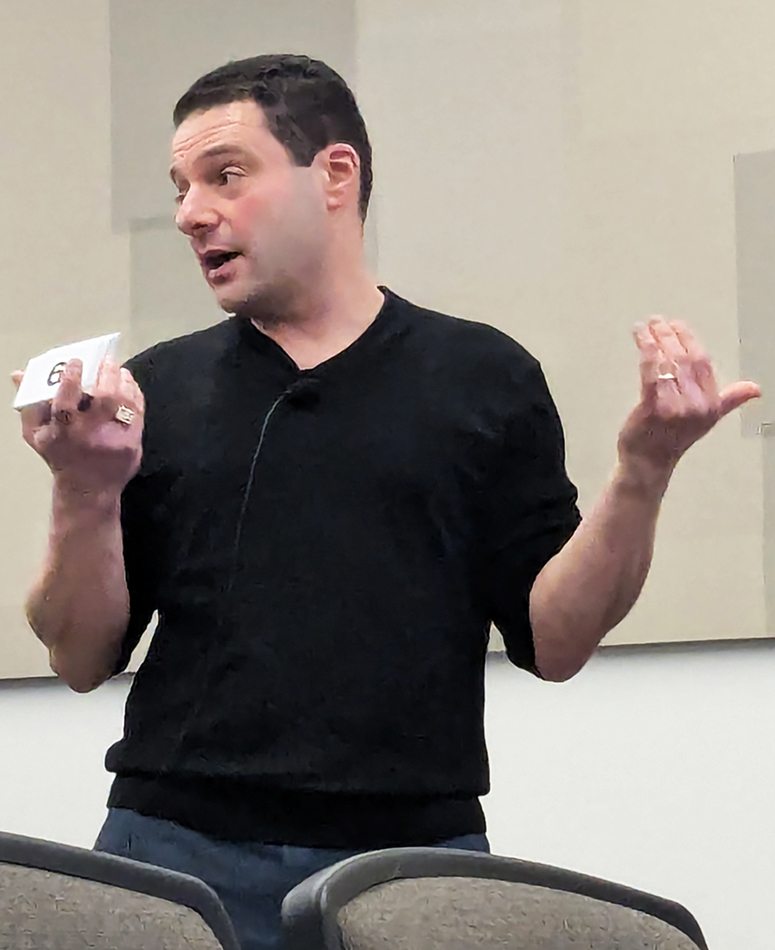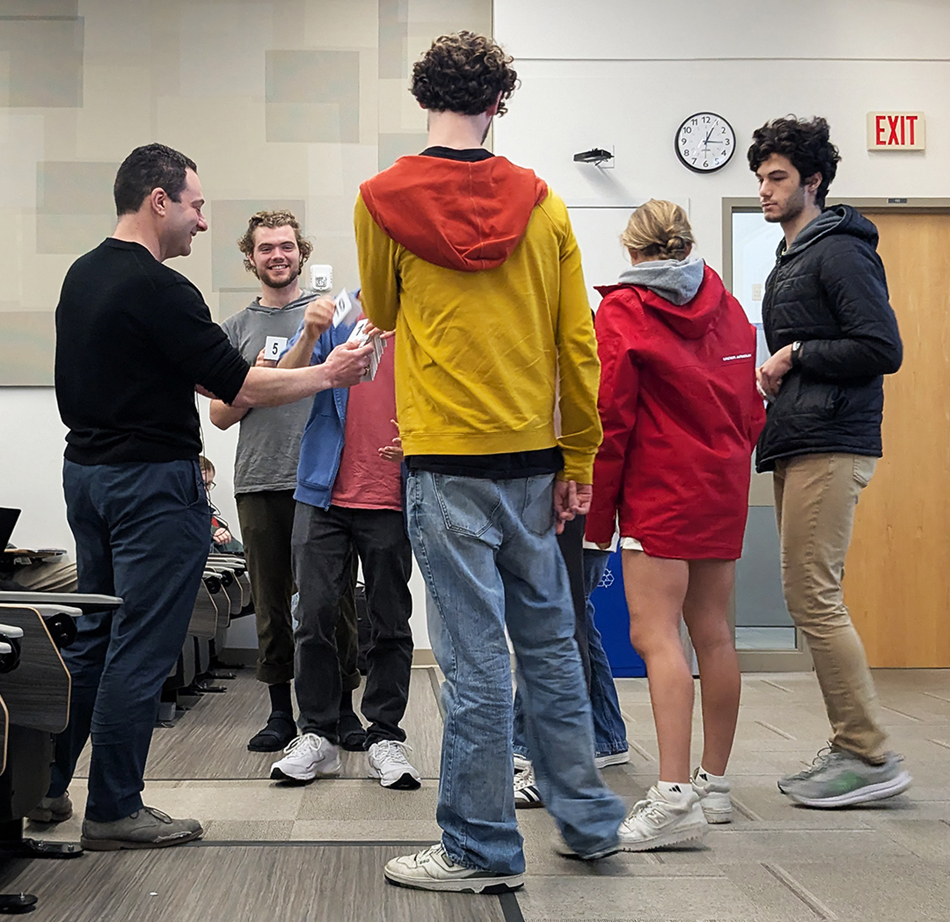The Best of Both Worlds
Professor Ed Solovey Brings Hands-On Industry Know-How to Teaching Engineering
by A.J. Kleber

The well-worn and rather mean-spirited cliche claims “those that can’t do, teach;” implying that education is a lesser role in any given field, hardly a step above failure. In addition to the inherent fallacy of the sentiment, this is a good example of the way age-old wisdom can be lost in translation; the original observation, attributed to Greek philosopher Aristotle, is closer to “those that can, do; those that understand, teach.”
Associate Professor of the Practice Ed Solovey more than lives up to the spirit of the original. In fact, to cite a more contemporary aphorism: get you an engineer who can do both.
When Solovey joined Boston University’s department of Electrical and Computer Engineering in September, he entered the classroom with 20 years of hands-on industry experience under his belt. Solovey has worked as a software engineer for household names like Google, Adobe, and Twitter (prior to its rebranding as X); he is also a Founding Engineer at Digits, a financial technology company started in 2018 to help simplify finance for small businesses. While he finds his engineering work engaging, he ultimately found himself wanting to do more.
Mentorship had always been part of Solovey’s work; in particular, the non-traditional, non-hierarchical management structure at Digits has given him several years of experience in cross-team “coaching.” Teaching would seem to be a natural next step.
When I sat down to chat with him about his experience straddling the industry-academic divide, he was wrapping up his first semester as a Professor of the Practice, all smiles and enthusiasm for his work here at BU. As far as he’s concerned, it’s “the best of both worlds,” providing a good balance of technical work (via class prep, etc), and working with students.

Professor Solovey’s pedagogy centers on a method he calls “Think, Pair, Share.” Following a 15-minute lecture, he poses a problem or question for students. The students have 1-2 minutes to just think about the problem, 1-2 minutes to discuss in pairs, and 1-2 minutes to share their conclusions or ideas with the class, on a voluntary basis. Then, the lecture resumes, building on those ideas. It’s a simple structure, but one which provides consistent opportunities for students to engage closely with the material and one another.
This collaborative, hands-on approach to learning continues in Solovey’s homework assignments, which is based on GitHub coding assignments inspired by real work scenarios.
Asked for some of the highlights of his experience so far, Solovey shared the sense of accomplishment that came when his students began to open up and take part in the “sharing” part of his lessons after a few weeks of class, as well as one student’s interesting implementation choice during a GitHub homework assignment, which seemed to unexpectedly anticipate the direction of future assignments.
Of course, Solovey’s Fall 2024 course was 400-level, composed of a small group of mostly-seniors. This semester, he’s wading into one of the large core courses in the ECE curriculum, Introduction to Software Engineering, with up to 100 freshmen and sophomores. His challenge now is to modify and scale up his methodology; one which he’s tackling with all of his enthusiasm and flexibility.
